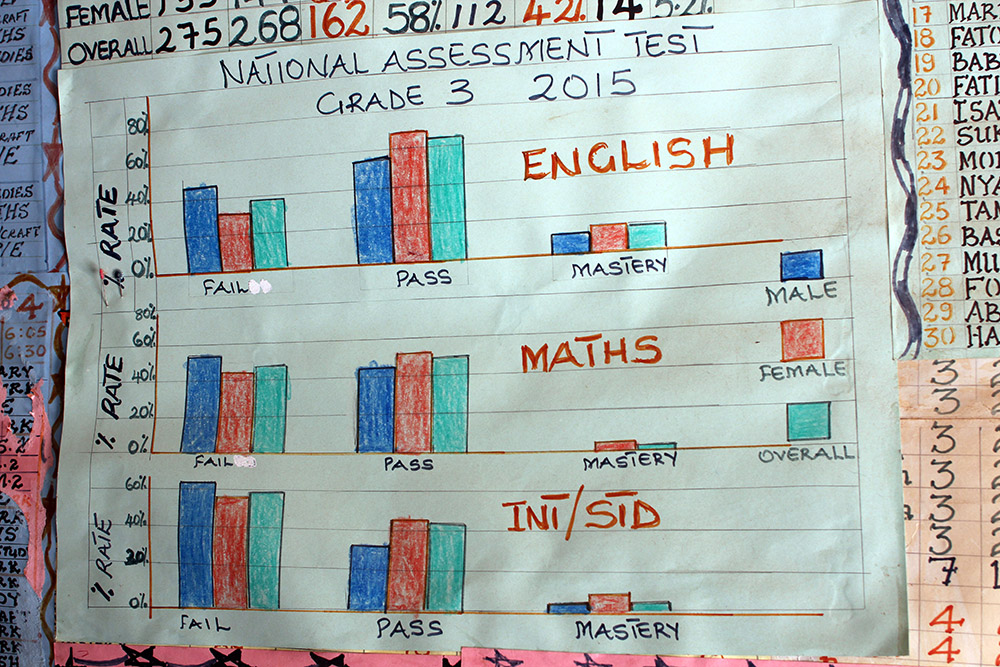HISP (Health Information Systems Programme) is a global south-south-north collaborative network aiming to improve health care in developing countries through research on and implementation of better Health Information Systems. Coordinated by the Information systems Research Group at the Department of Informatics at the University of Oslo, a core activity of the programme is the development of the open-source DHIS2 (district health information software). DHIS2 is used in more than 80 countries in Africa, Asia, Latin America, and the South Pacific. HISP now also supports ministries of education by strengthening Education management information systems (EMIS) to provide quality data and facilitate better education system planning and policy dialogue.
The master students will be involved in an actual implementation of DHIS2 for EMIS and will contribute to the Education Data Use (EDU) research project. The project will involve prototyping where we will test new ideas and get feedback from the users in the pilot districts and schools. The necessary hardware to use the new EMIS technology for data collection and analysis will be configured and provided to district officials and Schools. For piloting and testing mobile features the project will buy Android smartphones and/ or tablets.
The project will distill learning and software requirements to be included in the global DHIS 2 software releases. Master students can take an active role in the development of features and apps to support the EMIS requirements or they can focus on aspects of user-centered design, or overall documentation and reflections on the implementation and use of DHIS2 for making education data accessible and actionable. The particular focus of the master thesis will be determined in dialogue with the implementation countries, primarily the Gambia and Uganda, to ensure practical relevance.
The project can support up to four master students. Students can work on projects and their master thesis in pairs if this is desirable.
Three concrete master thesis themes:
1) Work in dialogue with education ministry staff to develop and refine DHIS2 dashboards for sub-national level decision making. The work will take international standards and locally relevant data as a starting point and then identify ways to disseminate and present the data to different stakeholder groups. For example, the Gambia education ministry is in need of Cluster Monitor (school inspectors) Dashboards that summarize school performance and pupil and teacher attendance statistics.
2) In collaboration with local stakeholders (i.e., ministry departments and partners) the master student(s) will assess the feasibility of integrating different sources of education data (exam data, human resource data, school census data, population data). The task is to evaluate the technical feasibility of integrating different education data databases already in operational use in different education departments. Needed both in The Gambia, Uganda, Togo, Ethiopia, and others. Are there unique identifiers in place that allow the data to be integrated? What new indicators can be calculated with the integrated data and what types of decisions will these indicators be able to inform? Who benefits from the integration? Integration is rarely just a technical challenge, it is also social and political.
3) The COVID-19 pandemic has demonstrated the need for a contingency plan for self-study and follow up of pupils in low-resource contexts. The Gambia, Uganda, and other countries are currently looking for ways to digitize their curriculum and make it accessible to pupils that cannot attend school due to COVID-19 or other restrictions. HISP UiO has supported the Gambia ministry of education in leveraging smartphones and Chromebooks for education data reporting from schools. Can some of the extant hardware be used also for digitizing the current curriculum? How can we leverage the Digitized education management information systems to also support dissemination and update of the digital curriculum at the school level?

